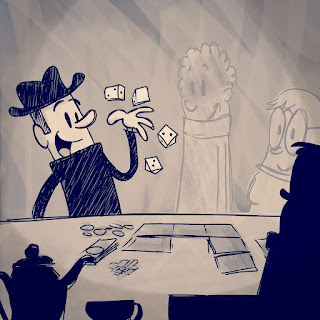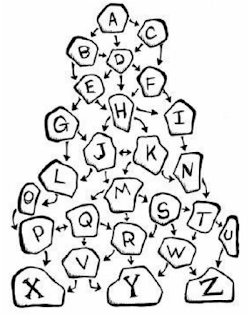 |
| "The Princess Bride" by Ted CoConis ©1974 Ballantine |
A sci-fi enthusiast who discusses book covers followed by a lot of the people I follow on Twitter posted this image, which was a 1974 cover for The Princess Bride by Ted CoConis.
There was a lot of discussion about how poorly this cover represents the content of the book. Which I think is a fair appraisal. It's pretty clear that the artist did not read the book, or even have the vaguest idea of what was in it when he designed the cover.
He is, rightly, quite proud of his work and it shows up in his website portfolio. I love the work, but it certainly doesn't scream The Princess Bride to me.
One of the commentators in the original thread, Paula Richey, made this fantastic comment. About how the art loses its appeal given the context. But might be more appropriate for a story about "battling through a hallucinogenic swamp to rescue a hot princess held captive by an evil necromancer."
Needless to say, my Low Fantasy Gaming group were all in agreement that this was a fantastic idea. My GM recommended that we mock it up as a module for a laugh.
As I have my own adventure module template sitting in Google docs, and bookmarks to dozens of pieces of cool fantasy art, I made a mock module, in which I presented the hot princess and The necromancer, as well as a module premise.









